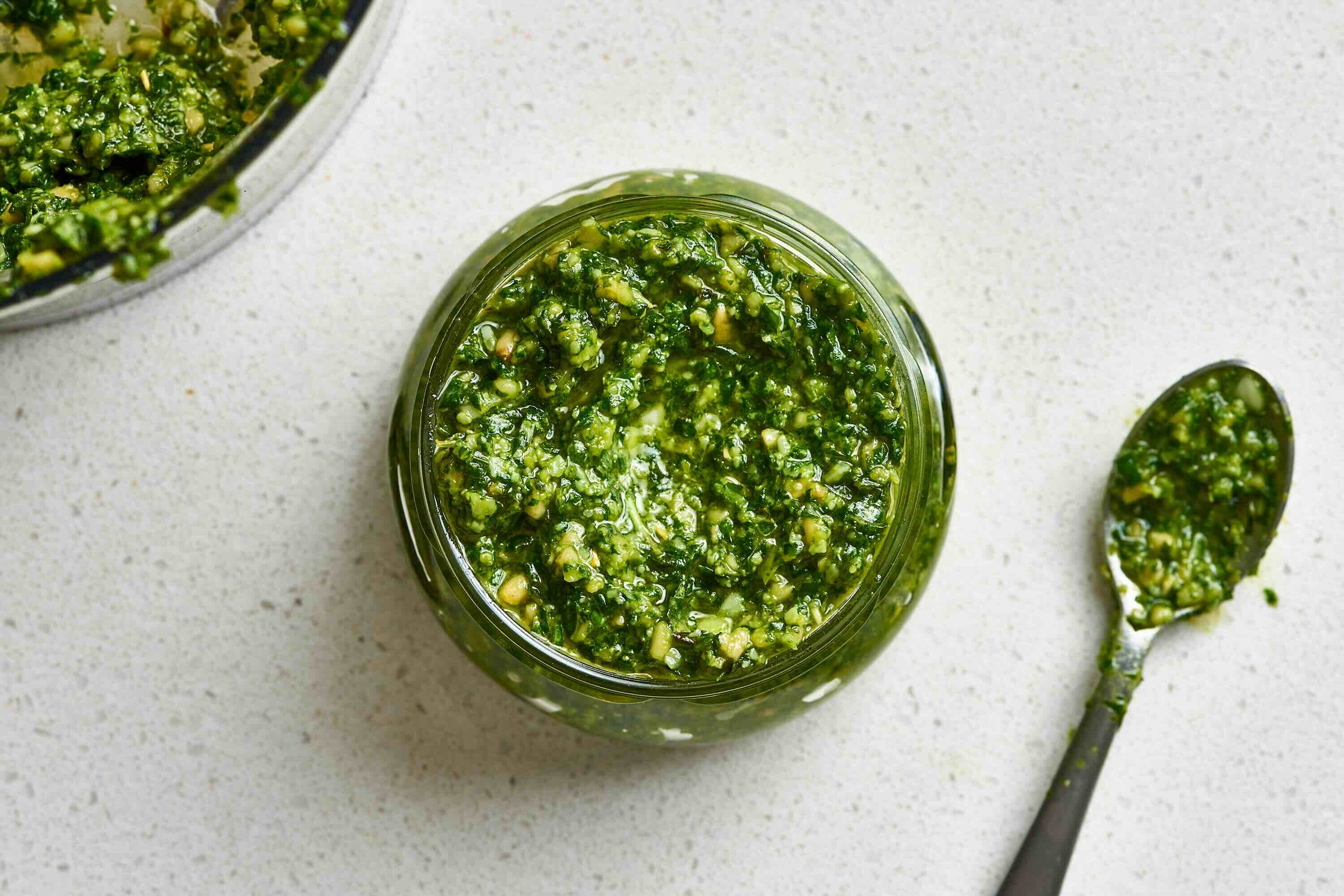

Articles
How To Store Pesto
Modified: March 1, 2024
Learn the best methods for storing pesto in this comprehensive guide. Discover helpful articles and tips to keep your pesto fresh and flavorful.
(Many of the links in this article redirect to a specific reviewed product. Your purchase of these products through affiliate links helps to generate commission for Storables.com, at no extra cost. Learn more)
Introduction
Pesto is a versatile and beloved sauce that adds a burst of flavor to a variety of dishes. Made with fresh herbs, nuts, garlic, olive oil, and cheese, pesto is an iconic Italian condiment that can elevate your cooking to new heights. Whether you’re using it as a pasta sauce, a topping for grilled vegetables, or even as a spread on sandwiches, it’s essential to store pesto properly to maintain its freshness and flavor.
In this article, we will explore the importance of storing pesto correctly and guide you through the best practices for storing both in the refrigerator and freezer. By following these tips, you can extend the shelf life of your pesto and ensure that it remains delicious and vibrant for as long as possible.
So, whether you made a big batch of homemade pesto or purchased a jar from the store, keep reading to discover how to properly store pesto and enjoy its delectable taste for weeks to come.
Key Takeaways:
- Proper storage of pesto is crucial to maintain its vibrant color and fresh flavor, whether in the refrigerator or freezer. Choosing the right container and following best practices can extend its shelf life and enhance your culinary creations.
- Thawing frozen pesto properly is essential to preserve its flavor and texture. By following simple tips and using fresh ingredients, you can savor the delightful taste and vibrant color of pesto for an extended period, enhancing your culinary creations.
Read more: How To Store Basil Pesto
What is Pesto?
Pesto is a traditional Italian sauce originating from Genoa, a city in the Liguria region of Italy. The word “pesto” comes from the Italian word “pestare,” which means to crush or pound, referring to the traditional method of making the sauce using a mortar and pestle.
Traditional pesto is made with a combination of fresh basil leaves, garlic, pine nuts, Parmesan cheese, and olive oil. These ingredients are carefully blended together to create a thick and vibrant sauce with a rich, aromatic flavor.
However, pesto has evolved over the years, and there are now various variations and adaptations of the classic recipe. Some popular variations include using different herbs such as parsley or cilantro, substituting pine nuts with walnuts or almonds, or even adding additional ingredients like sun-dried tomatoes or roasted red peppers.
Pesto is incredibly versatile and can be used in countless ways in the kitchen. It is commonly tossed with pasta, spread on crusty bread, drizzled over grilled meats or vegetables, or even used as a dipping sauce. Its bright green color and bold taste make it a fantastic addition to any dish, bringing a burst of freshness and flavor.
Now that we know what makes up a traditional pesto sauce and how versatile it is, let’s delve into the importance of proper storage to ensure that your pesto retains its fresh taste and vibrant color.
Why Proper Storage is Important
Proper storage is crucial to maintain the quality and freshness of pesto. Storing pesto correctly helps prevent oxidation, which can cause the sauce to darken in color and develop a bitter taste. Additionally, exposure to air and light can cause the oils in the pesto to go rancid, resulting in a less appealing flavor.
By storing pesto properly, you can extend its shelf life and ensure that it remains vibrant and flavorful for longer periods. This is especially important when you make a large batch of pesto or purchase a jar from the store.
Furthermore, storing pesto correctly can help prevent the growth of harmful bacteria and preserve its food safety. Pesto contains fresh ingredients like basil and garlic, which are susceptible to bacterial growth if not kept at the right temperature.
Whether you are a home cook or a professional chef, understanding the importance of proper storage will help you make the most out of your pesto and avoid any potential waste.
Now that we understand why proper storage is crucial let’s explore the best containers to use when storing pesto.
Choosing the Right Container
When it comes to storing pesto, choosing the right container is essential to maintain its freshness and prevent contamination. Here are some factors to consider when selecting a container:
- Airtight: It is important to choose an airtight container to prevent air exposure. Oxygen can cause pesto to oxidize and lose its vibrant color and fresh flavor. Look for containers with airtight lids or seals to create a barrier against air.
- Glass or Plastic: Both glass and plastic containers can be suitable for storing pesto, but glass is generally preferred. Glass containers are non-porous and do not absorb flavors or odors, ensuring the integrity of the pesto. Plastic containers, on the other hand, can be convenient for transportation, but choose ones made from food-grade materials that are BPA-free.
- Size: Consider the size of the container based on the amount of pesto you typically use. It is best to choose a container that has enough space for the pesto without too much empty headspace, as this can lead to increased oxidation.
- Dark or Opaque: Light can cause the oils in pesto to go rancid and affect its flavor. Consider using a dark or opaque container to shield the pesto from light. If you do use a transparent container, store it in a dark place, such as a pantry or cupboard.
- Freezer-safe: If you plan to freeze your pesto for long-term storage, ensure that the container is freezer-safe. Not all containers are suitable for freezing, as they may crack or become brittle at low temperatures. Look for containers specifically labeled as freezer-safe.
By choosing the right container for storing your pesto, you can maintain its quality and flavor for an extended period. Next, let’s explore how to properly store pesto in the refrigerator.
Storing Pesto in the Refrigerator
Refrigeration is an ideal method for short-term storage of pesto. By following these steps, you can ensure that your pesto remains fresh and flavorful in the refrigerator:
- Transfer to an Airtight Container: After making or opening your pesto, transfer it to an airtight container. This will help minimize air exposure, preventing oxidation and maintaining the vibrant green color of the sauce.
- Smooth the Surface: To further reduce oxidation, smooth the surface of the pesto with the back of a spoon. Creating a flat surface minimizes the contact with air and helps preserve the sauce’s freshness.
- Add a Thin Layer of Olive Oil: For added protection, drizzle a thin layer of olive oil over the surface of the pesto. The oil acts as a barrier, preventing air from coming into direct contact with the sauce. It also helps preserve the flavor and texture of the pesto.
- Store in the Coolest Part of the Refrigerator: Place the container of pesto in the coolest part of your refrigerator, such as the back or bottom shelf. This location helps maintain a consistent and cool temperature, prolonging the shelf life of the sauce.
- Use within a Week: Pesto stored in the refrigerator should be consumed within a week for optimal freshness and flavor. Over time, the sauce may start to lose its vibrant color and the flavors may become less pronounced.
Storing pesto in the refrigerator allows you to keep it handy for immediate use. However, if you have a surplus of pesto or want to store it for longer periods, freezing is a great option. Let’s explore how to freeze pesto for long-term storage.
Store pesto in an airtight container, covering the surface with a thin layer of olive oil to prevent oxidation. Keep it refrigerated and use within a week, or freeze for longer storage.
Read more: How To Store Fresh Pesto
Freezing Pesto for Long-Term Storage
If you have a surplus of pesto or want to preserve it for an extended period, freezing is an excellent option. Freezing pesto allows you to enjoy its fresh flavors even months after it was made. Here’s how to freeze pesto properly:
- Portion the Pesto: If you have a large batch of pesto, divide it into smaller portions before freezing. This makes it easier to thaw only what you need without having to defrost the entire batch.
- Use Freezer-Safe Containers: Choose freezer-safe containers or freezer bags for storing pesto. These containers are designed to withstand low temperatures without cracking or breaking. Make sure to label the containers with the date to keep track of the storage time.
- Fill the Containers: Fill the containers or bags, leaving some headspace at the top to accommodate any expansion during freezing. Press out any excess air from the bags before sealing them to prevent freezer burn.
- Smooth the Surface: Similar to storing pesto in the refrigerator, smooth the surface of the pesto to minimize air exposure. This helps preserve the vibrant color and flavor of the sauce.
- Add a Thin Layer of Olive Oil (optional): To provide an extra layer of protection, you can drizzle a thin layer of olive oil over the surface of the pesto. This helps prevent freezer burn and maintain the texture of the sauce.
- Freeze Flat: For easy storage and thawing, freeze the containers of pesto flat. This allows you to stack them or store them in a compact manner in the freezer.
Properly frozen pesto can maintain its quality for up to six months. However, for the best flavor and texture, it is recommended to use the frozen pesto within three to four months. Let’s explore how to thaw and use frozen pesto next.
Thawing and Using Frozen Pesto
Thawing frozen pesto properly is crucial to maintain its flavor and texture. Here’s how to thaw and use your frozen pesto:
- Thaw in the Refrigerator: The best way to thaw frozen pesto is to transfer it from the freezer to the refrigerator. Place the container in the refrigerator and allow it to thaw overnight or for a few hours until completely defrosted.
- Use Cold Water Bath (if needed): If you need to thaw the pesto more quickly, you can use a cold water bath. Submerge the container of frozen pesto in a larger bowl filled with cold water. Make sure the container is well-sealed to prevent water from entering. Stir the pesto occasionally to help speed up the thawing process. Do not use hot water, as it can cause uneven thawing and compromise the quality of the sauce.
- Avoid Microwave Thawing: Avoid thawing pesto in the microwave, as it can heat the sauce unevenly and alter its texture. This can result in a watery or separated consistency.
- Stir and Adjust Consistency: After thawing, give the pesto a good stir to recombine any separated ingredients. If the thawed pesto seems too thick, you can add a small amount of olive oil and stir to reach the desired consistency.
- Use as Desired: Thawed pesto can be used in the same way as fresh pesto. Toss it with cooked pasta, spread it on sandwiches or pizzas, or use it as a dip or marinade. Enjoy the vibrant flavors and fresh taste of your thawed pesto!
Remember not to refreeze pesto once it has thawed completely, as this can compromise its quality and lead to potential food safety concerns. Always thaw only what you need, and use it within a few days for the best results.
Now that you know how to thaw and use frozen pesto, let’s explore some tips for maintaining the freshness of pesto.
Tips for Maintaining Pesto’s Freshness
To ensure that your pesto stays fresh and flavorful for as long as possible, here are some helpful tips:
- Use Fresh Ingredients: Start with fresh and high-quality ingredients when making pesto. This includes fresh herbs, garlic, nuts, and cheese. Using quality ingredients will result in a more vibrant and delicious pesto.
- Blanch Basil (optional): If you notice that your pesto tends to darken quickly, blanching the basil leaves before blending can help preserve their bright green color. To do this, briefly dip the basil leaves in boiling water for a few seconds, then immediately transfer them to an ice bath to cool. Pat them dry before blending with the other ingredients.
- Store Separate from Cheese (if possible): If you’re storing pesto with added cheese, consider storing them separately. Mixing the cheese into the pesto can cause the sauce to become clumpy and affect its texture. Instead, add the cheese when you’re ready to use the pesto.
- Freshen Up with Extra Herbs: If you find that your pesto has lost some of its vibrant flavor over time, you can freshen it up by adding a handful of fresh herbs when using it. This will enhance the flavors and give the pesto a boost.
- Avoid Overexposure to Air: Whether storing in the refrigerator or freezer, make sure to minimize air exposure. Keep the pesto tightly sealed in an airtight container and avoid unnecessary opening and closing.
- Rotate Stock: If you regularly make or buy pesto, be mindful of the storage time. Use the oldest pesto first to prevent any from going bad or losing its freshness.
- Label and Date: When storing pesto in the refrigerator or freezer, label each container or bag with the date of preparation. This will help you keep track of how long it has been stored and ensure you use it within the recommended timeframe.
By following these tips, you can maintain the fresh taste and vibrant color of your pesto for as long as possible. Enjoy the delightful flavors of pesto in your dishes whenever you desire!
Now that you have learned how to store and maintain the freshness of pesto, let’s conclude our article.
Conclusion
Pesto is a beloved Italian sauce that adds a burst of flavor to a variety of dishes. By properly storing your pesto, you can ensure that it remains fresh and vibrant for longer periods, allowing you to enjoy its delicious taste whenever you desire.
Choosing the right container, whether it’s an airtight glass jar or freezer-safe container, is crucial for maintaining the quality and integrity of the pesto. Storing pesto in the refrigerator keeps it handy for immediate use and should be consumed within a week for optimal freshness. If you have a surplus or want to store it for longer, freezing pesto is a great option. Properly portioning and using freezer-safe containers will help preserve its quality for up to six months.
Thawing frozen pesto in the refrigerator or using a cold water bath ensures that it defrosts evenly, maintaining its flavor and texture. Once thawed, pesto can be used in a variety of dishes just like fresh pesto.
To maintain pesto’s freshness, using fresh ingredients, blanching basil, storing cheese separately (if possible), and adding extra herbs can all contribute to its vibrant flavor. Avoid overexposure to air, rotate your stock, and label containers with the date to keep track of storage time.
By following these storage and freshness tips, you can savor the delightful taste and bright color of pesto for an extended period, enhancing your culinary creations and enjoying the flavors of Italy.
So, whether you’re making homemade pesto or purchased a jar from the store, remember to store it correctly to ensure its freshness and savor every delicious bite.
Happy cooking and bon appétit!
Frequently Asked Questions about How To Store Pesto
Was this page helpful?
At Storables.com, we guarantee accurate and reliable information. Our content, validated by Expert Board Contributors, is crafted following stringent Editorial Policies. We're committed to providing you with well-researched, expert-backed insights for all your informational needs.
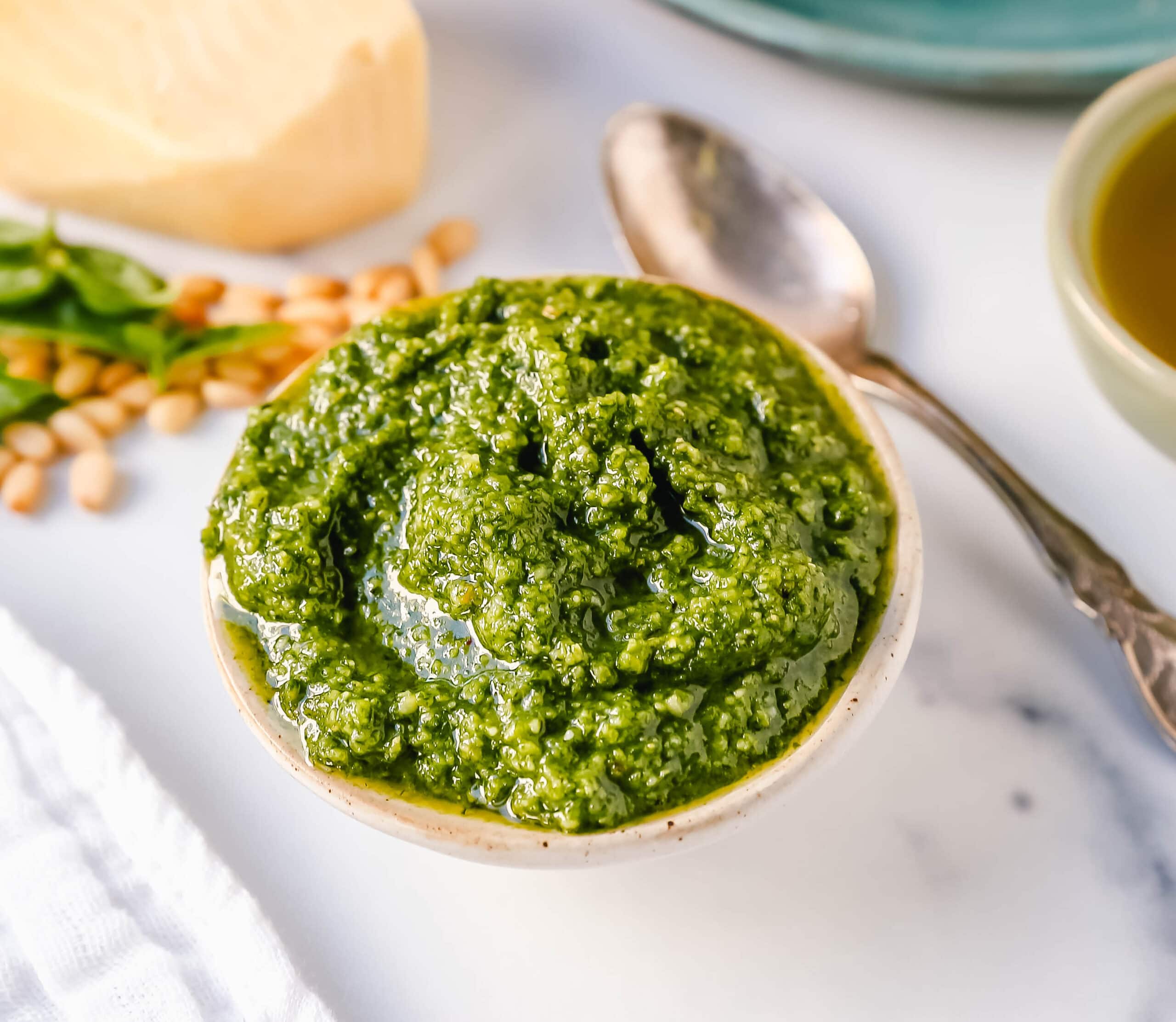
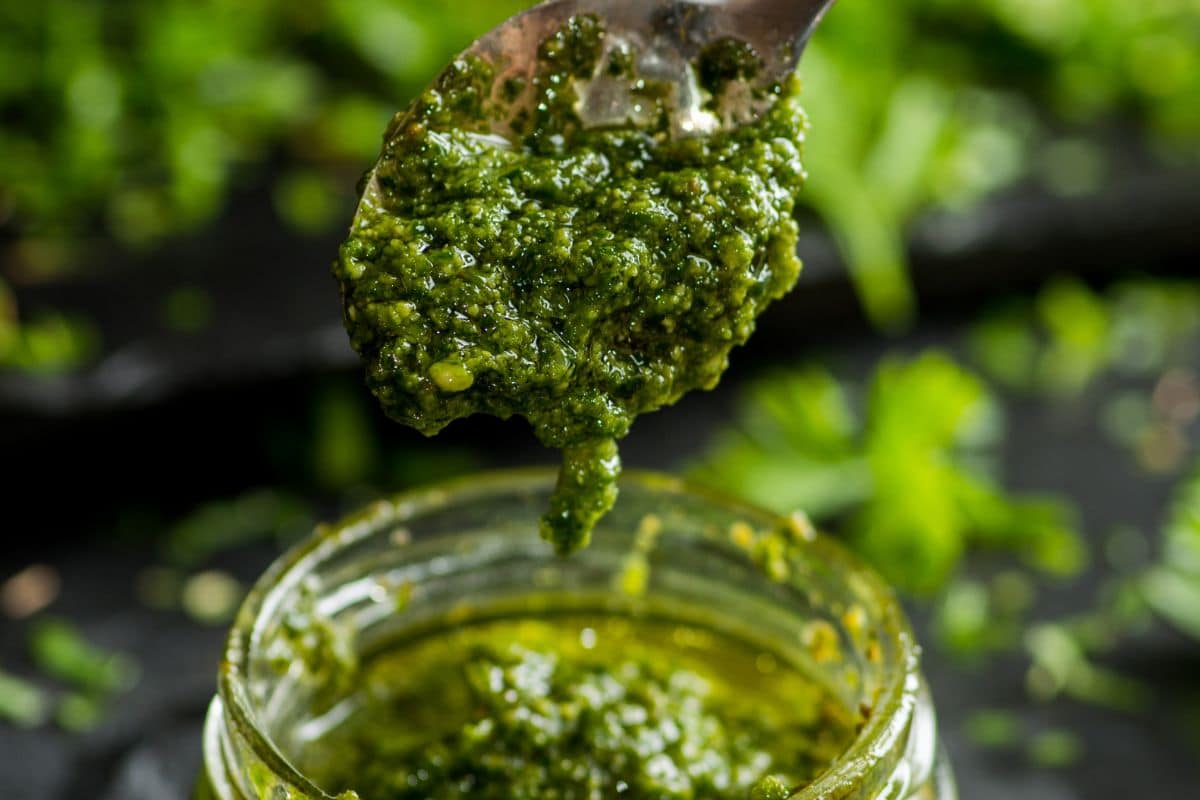
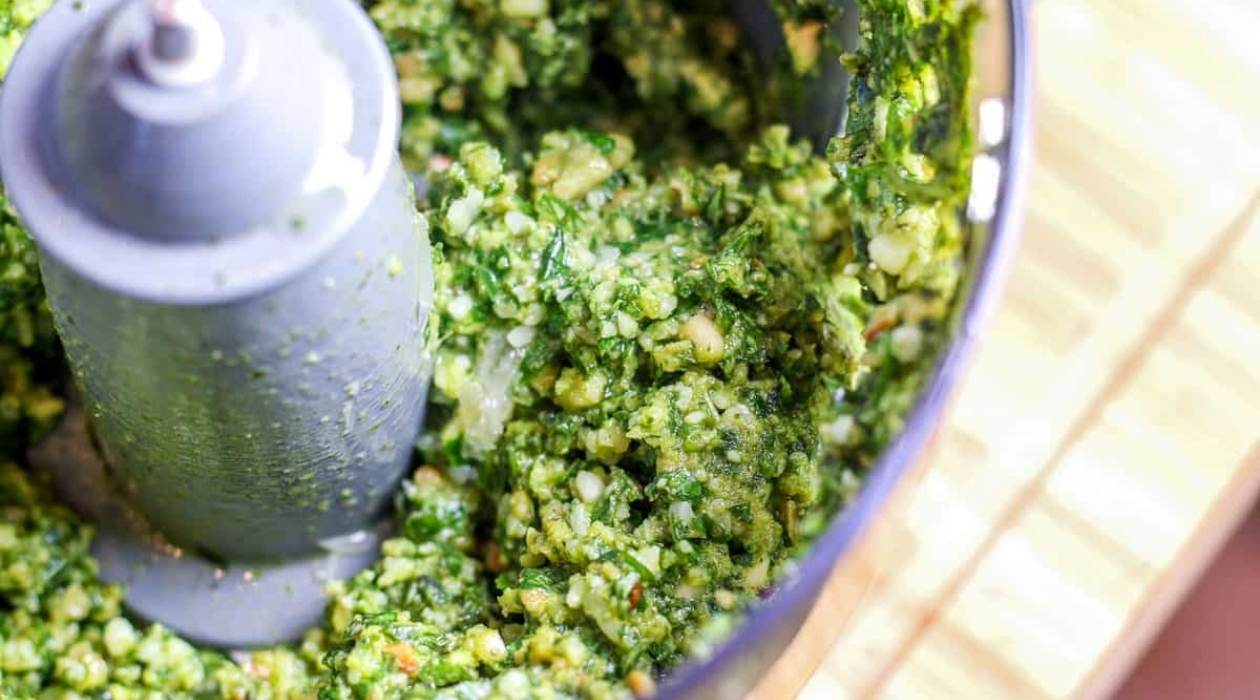
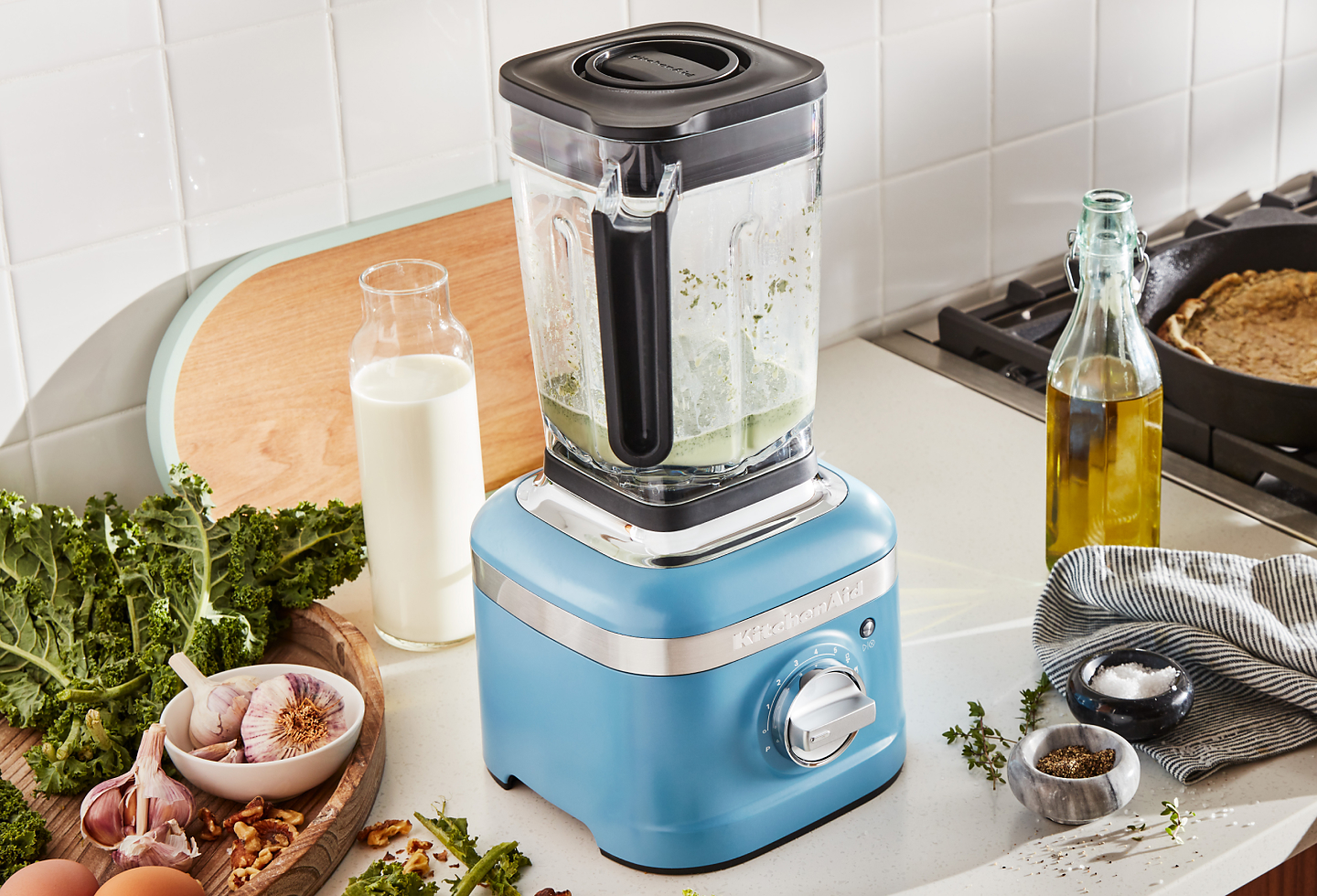
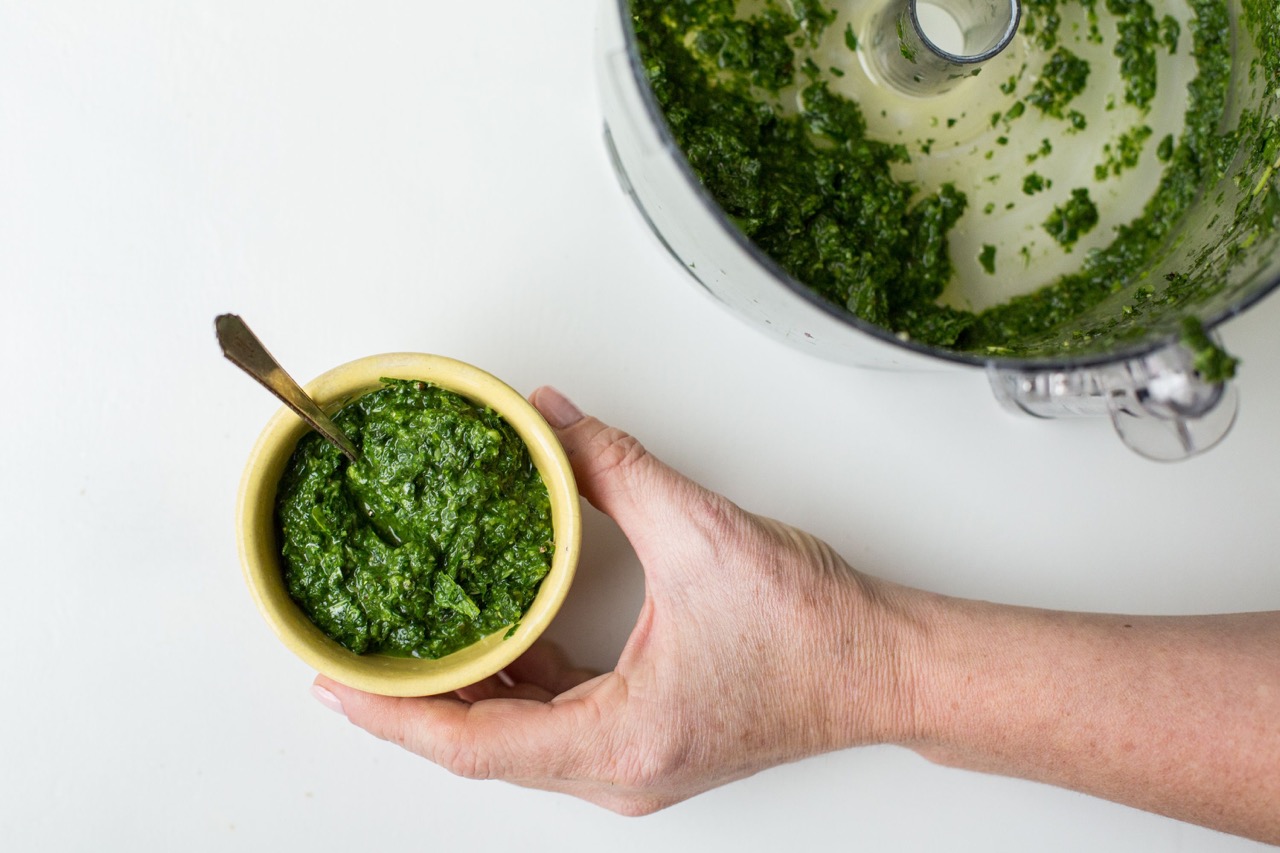



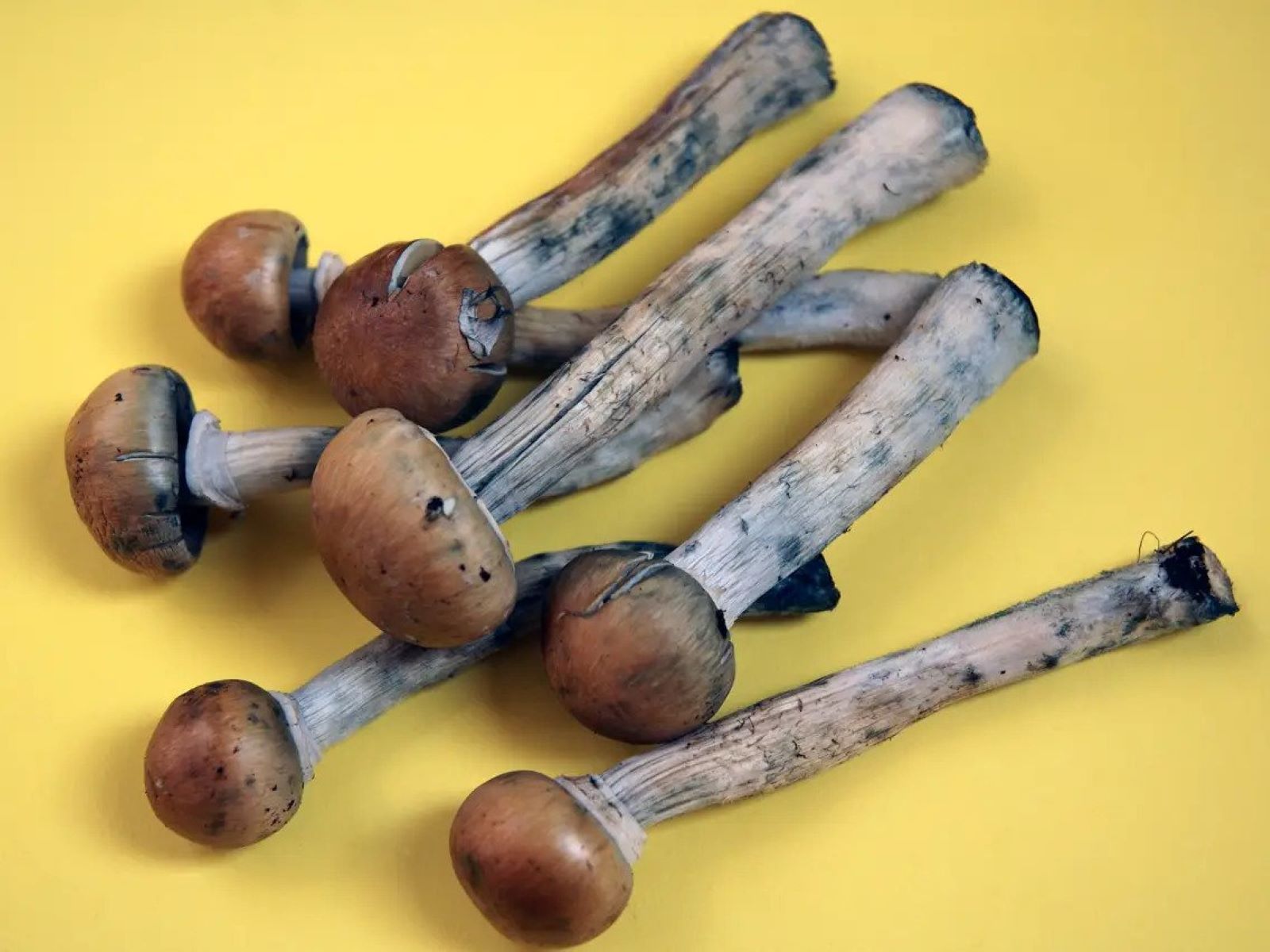


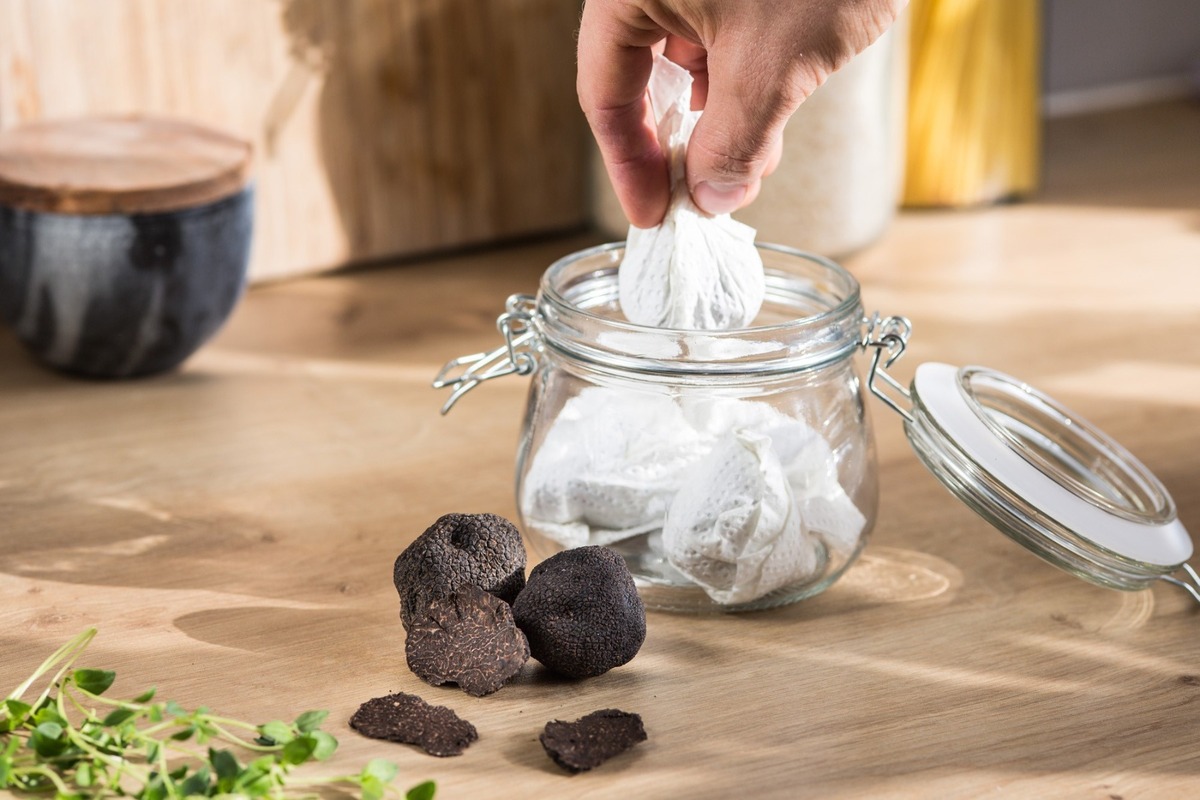
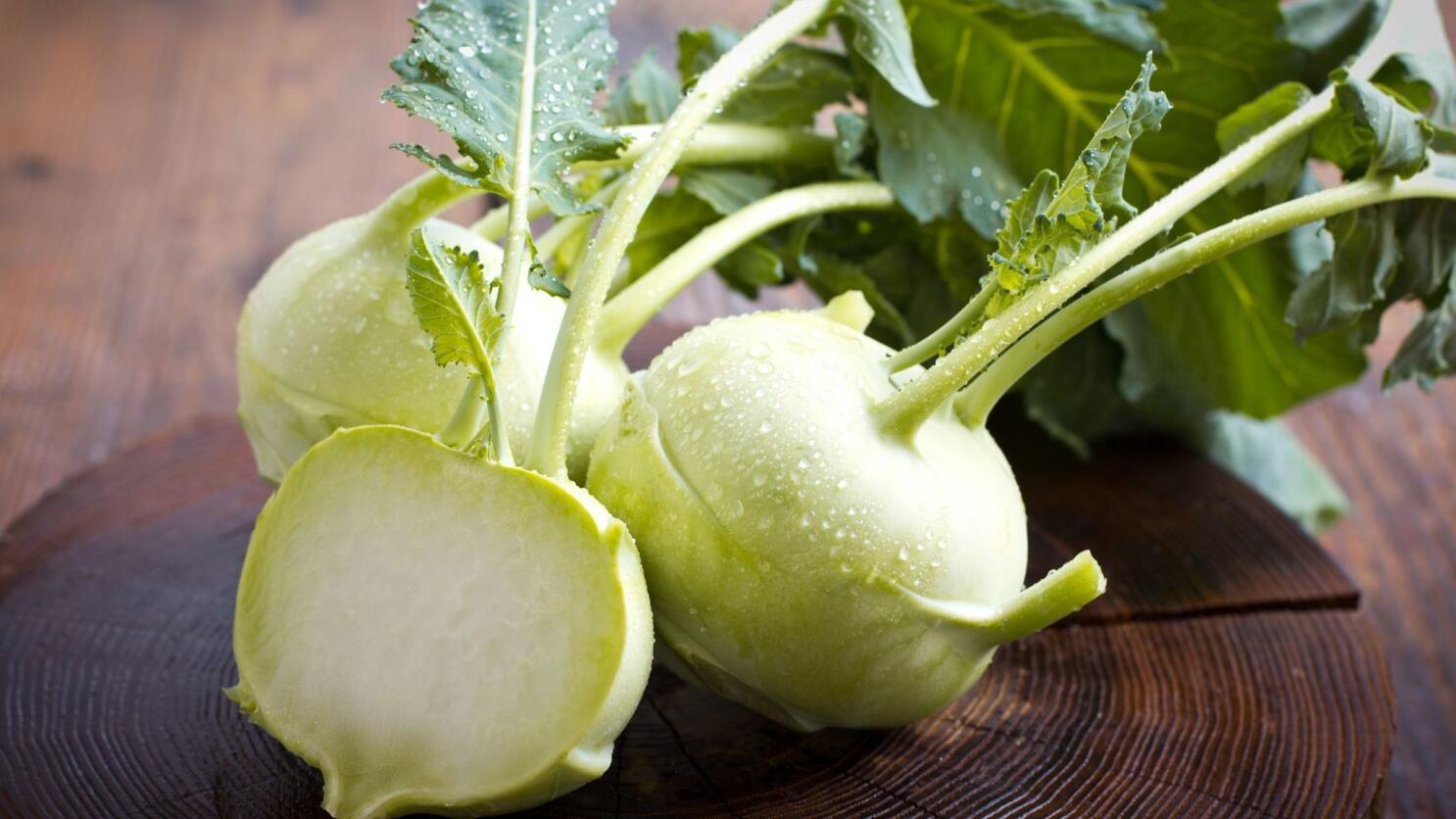


0 thoughts on “How To Store Pesto”